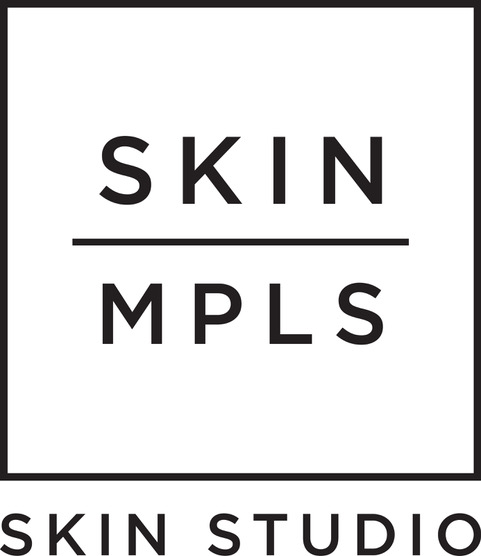Rosy or Rosacea?
After a hot summer’s day, you may notice rosy cheeks and wonder, “Is it a mild sunburn, compromised skin, or early warning signs of rosacea??!” Read more to learn about this common, yet confusing skin disorder.
Rosacea is estimated to affect about 5% of the population. It generally appears like redness in the face, but can entail broken capillaries, painful acne papules and bulbus in the nose. But what actually is rosacea?
Rosacea is an internal disease that affects the vascular and nervous system and has many triggers (discussed more below). These triggers affect blood circulation to create inflammation that causes bad bacteria (called the Demodex mite) to flush the skin. And while everyone has bacteria on their skin, rosacea prone people have more of these Demodex mites – and this causes the skin to be irritated and the barrier to be exposed.
While people affected by rosacea often turn to oral medications, the outer layers of skin actually need to be treated for long-term results. The best bet is to strike a perfect balance of light exfoliants, peptides to strengthen capillary walls, anti-bacterials to control the mites, and barrier-loving ingredients to repair alongside soothing ingredients. While rosacea is not curable, it can be managed with skincare and most importantly, kept from advancing to the next stage through understanding one’s specific rosacea triggers that cause flare-ups. The most common triggers are stress, heat, cold, sun, wind, exercise, spicy foods, caffeine, alcohol and friction.
Rosacea is oftentimes misdiagnosed for sensitive or compromised skin, or sometimes skin that just gets red easily. So how can you tell which is which? It’s not necessarily simple and sometimes requires an in-depth skin analysis by a professional. Typically, with rosacea you can feel heat in the skin and you may be able to trace it back to early signs in childhood.
Sensitive or compromised skin is often a result of environmental triggers and can be linked to things like acne prescription topicals and antibiotics, over exfoliating and also auto-immune disorders. This usually comes with discomfort, rawness and itching. While some helpful ingredients do overlap between these skin conditions and the disease of rosacea, rosacea needs very light chemical exfoliation whereas sensitive or compromised skin needs to be rebuilt before taking on acids. Some skin types are just prone to redness, but not compromised or rosacea. It can be chronic, or come after a facial treatment, waxing or exercise. Ingredients can help calm the skin, but it’s mostly about embracing your complexion. This skin is healthy and strong, and doesn't feel chapped or depleted.
While you wait for your appointment to determine what is causing your skin to appear red, blotchy, or uncomfortable – here are a few product ingredients that will help anyone with sensitive, compromised, rosy or rosacea skin. Plus, we’ve also given you an insider tip – a rosacea regimen from Haley, who has successfully controlled her husband's chronic rosacea!
The trifecta to soothe redness for all skin types – layer these daily to reduce redness
Iso Cell Recovery Solution spritzed generously
Key ingredients: 8 therapeutic minerals
O2 Calming Gel gently pressed into the skin
Key Ingredients: Green Tea, Hyaluronic Acid, Aloe
Allantoin Sedating and Hydrating Lotion massaged lightly on top
Key Ingredients: Allantoin, Grapeseed Oil, Aloe, Zinc Peptides
Or Follow Haley’s Proven Regimen to Control Rosacea
Start with Green Tea Cleanser or Vital C Hydrating Cleanser. Use either a mild foaming cleanser for oily, acne prone Rosacea or a creamy hydrating cleanser for when Rosacea is feeling more irritated.
Apply Rejuv Rx Serm. Oligopeptides are key to bringing down redness and building strength in the skin and capillary walls, Rejuv RX also has gentle lactic acid to give Rosacea the delicate chemical exfoliating it needs.
Apply a layer of Totaloe. A powerful calming and hydrating gel that also has marine minerals to calm and heal skin.
Gently top with Bio Cell Rejuvenating Cream. The greatest moisturizer for repairing the barrier, it’s lightweight consistency won’t add to build up or overgrowth of bacteria.
For SPF, choose either TIZO or for something tinted Prevented+ Daily Tinted Moisturizer. You want a Zinc Oxide or Titanium Oxide based SPF to help block heat rays.
More on treating rosacea from Haley: “Consistency is key, but as soon as you get in on the right regimen you’ll see fast results. This routine is a great start, but for more severe chronic cases we will need to add in more ingredients and products.”
